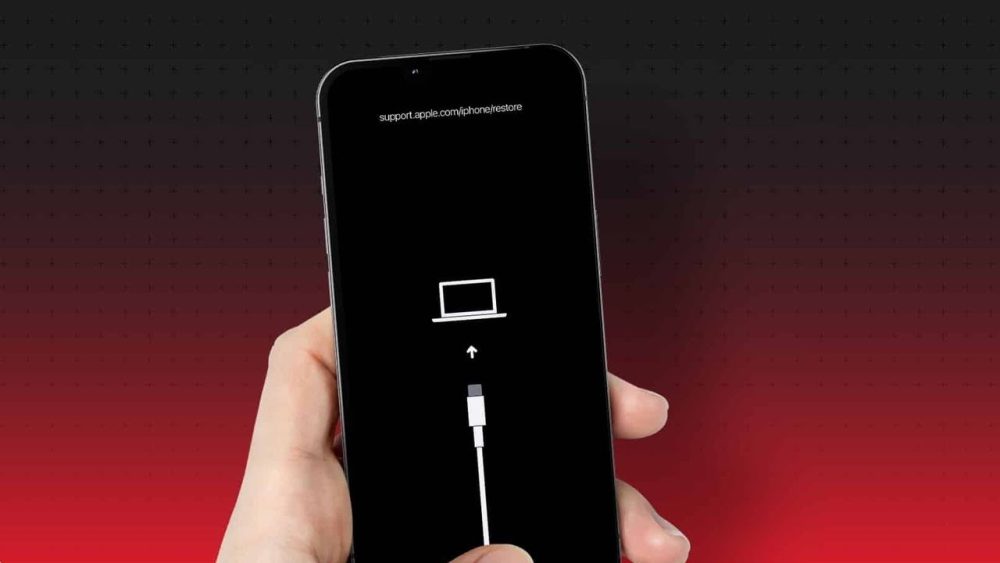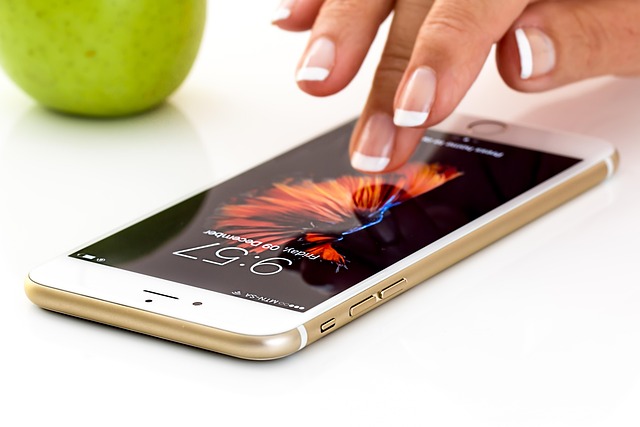The smartphone race shows no sign of slowing down—and 2026 could easily become one of the most groundbreaking years in mobile technology. Major brands are lining up to reveal their next-generation flagships, foldables, and AI-powered devices, each one aiming to reshape how we communicate, create, and stay connected.
Smartphones have evolved far beyond simple communication tools. They’re now cameras, gaming consoles, productivity hubs, and entertainment centers rolled into one. And for those who enjoy digital fun on the go, check out Winna for thrilling games and rewarding bonuses—a platform where technology meets excitement, fair play, and innovation.
1. Xiaomi 15 Ultra: Redefining Mobile Photography
Xiaomi continues to push the boundaries of smartphone imaging, and the Xiaomi 15 Ultra could be its most impressive leap yet. Rumors suggest a Leica-powered quad-camera system with variable aperture and enhanced periscope zoom. This setup aims to capture ultra-crisp detail even in difficult lighting conditions, ideal for professional photographers and content creators.
Expect a 2K AMOLED display with a 144Hz refresh rate, powered by the Snapdragon 8 Gen 4 chipset, and support for 200W fast charging. With its advanced AI image processing, Xiaomi’s flagship could redefine what’s possible from a camera phone.
2. Samsung Galaxy Z Fold 6: The Foldable Frontier
Foldable phones are no longer niche gadgets—they’re fast becoming mainstream. Samsung’s Galaxy Z Fold 6 is rumored to feature a lighter body, a more durable hinge, and a nearly crease-free display. Enhanced multitasking will allow users to run multiple apps simultaneously, turning the Fold 6 into a true productivity powerhouse.
According to TechRadar, Samsung is also improving its under-display camera and S-Pen integration. Combined with smarter AI features and seamless app continuity, this phone could redefine mobile work and entertainment.
3. Apple iPhone 17 Pro: Smarter, Faster, and Greener
Apple’s iPhone 17 Pro may mark one of its boldest design shifts yet—a fully portless device that relies exclusively on wireless charging and data transfer. It’s rumored to be powered by the new A20 Bionic chip built on a 2nm process, delivering unmatched speed and energy efficiency.
Apple is also expected to highlight AI-driven photography, sustainability, and eco-friendly materials in its design. The Verge reports that Apple’s focus on greener technology and recyclability could influence the entire industry, blending luxury and responsibility into one seamless product.
4. Google Pixel 10: The AI-Powered Genius
The Pixel 10 might be Google’s smartest phone yet. Deep integration with its Gemini AI model will make it context-aware and predictive—anticipating user needs through intelligent automation. Imagine a phone that translates languages in real time, suggests calendar adjustments based on traffic, or improves battery usage by learning your routine.
With its refined Tensor G4 chip, Google’s continued mastery of computational photography, and a sleek OLED display, the Pixel 10 is expected to appeal to those who prioritize pure Android and intelligent design.
5. OnePlus 13 Pro: Power Meets Precision
Known for delivering top-tier performance at competitive prices, OnePlus aims to impress again with the OnePlus 13 Pro. Reports suggest a Snapdragon 8 Gen 4 processor, a Hasselblad-tuned camera, and 100W super-fast charging. Its rumored “Smart Cooling System” could enhance performance during gaming or intensive use.
Built with a titanium frame and minimalist design, the OnePlus 13 Pro promises both endurance and elegance—a phone made for users who crave speed and style.
6. Honor Magic V3: The Foldable Challenger
Honor’s Magic V3 is rumored to be the thinnest foldable yet, with an outward-folding 7.9-inch OLED main display and stylus support. Combined with AI-powered multitasking and a long-lasting 5,500 mAh battery, the Magic V3 is positioned to rival Samsung in the foldable arena.
Its sleek design and durability could make it one of the most practical and affordable options for users curious about the future of flexible displays.
7. ASUS ROG Phone 9: The Ultimate Gaming Beast
For mobile gamers, the ASUS ROG Phone 9 could be the ultimate upgrade. It’s expected to pack 18GB of RAM, a 165Hz AMOLED screen, and an improved GameCool cooling system. The performance boost will allow smoother gameplay and faster response times for competitive titles.
ROG’s focus on immersive audio, RGB lighting, and responsive controls ensures a console-like experience right in your hand. Gamers can expect enhanced vibration feedback and AI-driven performance optimization, cementing ROG’s dominance in the gaming market.
The Bigger Picture: Smartphones in 2026 and Beyond
The 2026 smartphone landscape is about more than hardware—it’s about smarter experiences. Artificial intelligence is merging with sustainability to shape the next evolution of technology. Phones are becoming greener, longer-lasting, and more personal.
Manufacturers are focusing on eco-friendly materials and modular components, letting users repair or upgrade devices instead of replacing them entirely. The result? Longer life cycles and less environmental waste.
For consistent updates on upcoming devices, leaks, and technical reviews, GSMArena remains one of the most reliable authorities in mobile tech reporting.
Final Thoughts
The upcoming wave of smartphones will blur the line between imagination and reality. Whether you’re a gamer, a photographer, a professional multitasker, or simply a fan of beautiful design, 2026’s lineup offers something extraordinary.
From foldables that redefine portability to AI systems that learn and adapt, innovation is no longer a distant dream—it’s arriving in your pocket. The future of technology isn’t just approaching—it’s already here, ready to fit in the palm of your hand.




